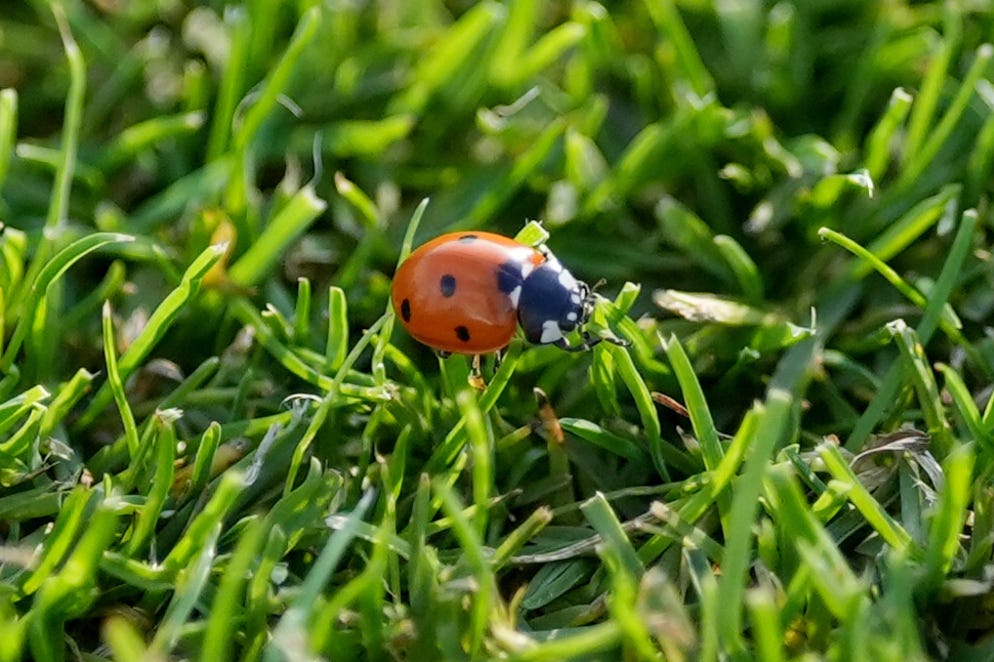The warm weather is causing the increased sightings of ladybirds, experts say, after a swarm of the insects disrupted play during the England cricket side’s Test against India.
The influx of the creatures at Lord’s on Thursday led to a brief pause in the action after they were proving too disruptive for the players.
Ecologist and ladybird expert Professor Helen Roy, from the UK Centre for Ecology and Hydrology, said: “Many species of aphid-feeding ladybird, such as the seven-spot ladybird, are being seen in very high numbers this year.
“This is a consequence of the high aphid numbers and warm weather.
“People are reporting many sightings to the UK Ladybird Survey through iRecord, which is fantastic.
“If people want to help insects and other wildlife in this weather, they can leave shallow dishes with a little water for them. Also, we encourage people to leave the aphids in their garden on roses and other plants so there is plenty of food for ladybirds.”

Speaking after the first day of the third Test in London, England’s vice-captain Ollie Pope called it a first in the sport
“I’ve never seen that, no,” he said. “That’s a first that the crowd have got that today.”
Experts are encouraging people to “learn to love” the ladybirds.
Tim Coulson, professor of zoology and head of biology at the University of Oxford, said: “Warm weather means more aphids because they can complete each generation faster – insects, including ladybirds and aphids, tend to speed up their lives in warm weather.
“Ladybirds eat aphids, and an abundance of aphids means ladybirds have a lot to eat.

“People should learn to love the ladybirds. They are effective predators of aphids, which can be a major pest of many plant species.
“Much in the way that wolves keep deer numbers in check in some parts of the world, ladybirds keep aphid numbers down.
“A swarm of ladybirds in a cricket game, even against India, should remind people of the role that predators play in keeping the ecology of Earth in a healthy state.”
Dr Peter Brown, associate professor in ecology and conservation at Anglia Ruskin University, said the last “boom year” for ladybirds was during the hot summer of 1976.
“In 1976 there were a lot of seven-spot ladybirds on the beaches as they searched for food, and people thought they were invading – they were not, as they are native to the UK,” he said.
Dr Brown, who is an organiser of the UK Ladybird Survey, added that the increase in numbers should be seen as a positive.
The deadly hidden dangers of heatwaves – and how to keep yourself safe
Amber heat health alert for parts of England amid warning ‘rise in deaths likely’
Twelfth of July parades begin across Northern Ireland
Muir ‘very disappointed’ bonfire was lit despite warnings over asbestos
Police find at least nine suspicious devices after shooting man with chainsaw
Unite could move to disaffiliate from Labour in future, union boss warns







